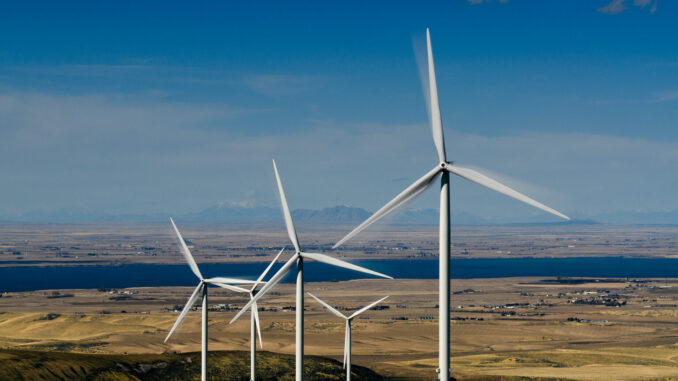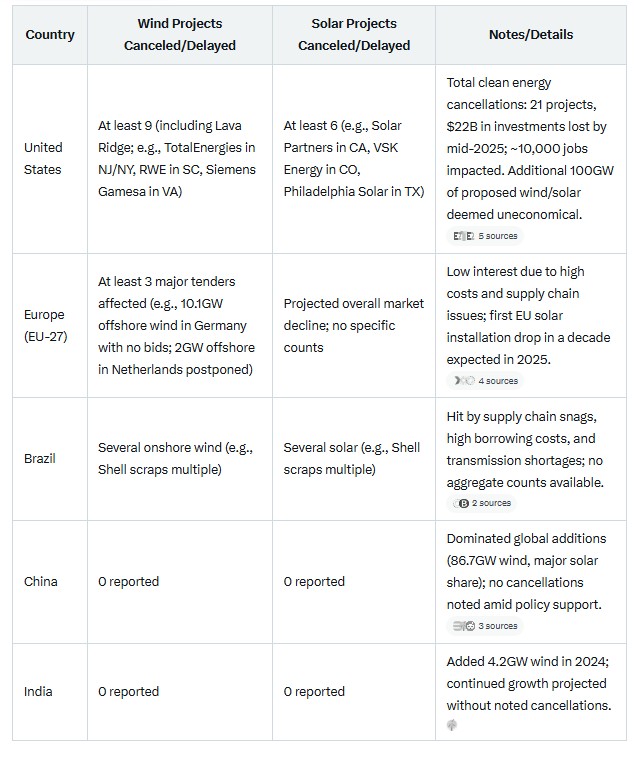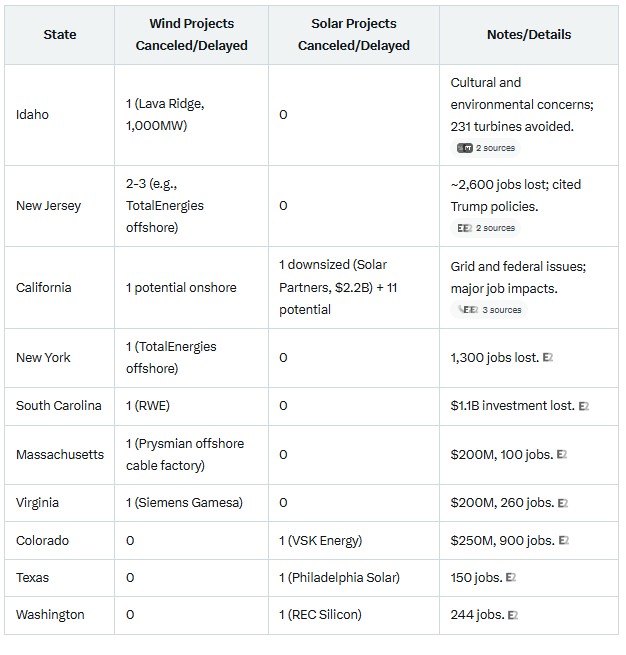
In a significant blow to renewable energy development in the American West, U.S. Secretary of the Interior Doug Burgum announced the cancellation of the Lava Ridge Wind Project in southern Idaho. The decision, revealed on Wednesday, reverses the Biden administration’s approval of the massive 1,000-megawatt (MW) wind farm, citing concerns over environmental impacts, local opposition, and the prioritization of reliable energy sources over intermittent renewables. The Lava Ridge project, proposed by developer LS Power, would have spanned approximately 57,447 acres of public land near Jerome, Idaho, including areas close to the Minidoka National Historic Site—a former World War II Japanese American internment camp. Plans called for up to 231 wind turbines, capable of powering up to half a million homes. However, it faced fierce resistance from local communities, ranchers, and conservation groups worried about wildlife disruption, visual blight, and cultural heritage desecration. Idaho Senator Jim Risch applauded the move, stating it protects “tens of thousands of acres from unnecessary industrialization.”
Are you from California or New York and need a tax break?
This cancellation aligns with the Trump administration’s broader energy policy shift, emphasizing fossil fuels and nuclear power while scrutinizing subsidies for wind and solar. The Department of the Interior (DOI) described the original approval as “reckless” and vowed to overhaul rules for offshore and onshore renewables to prioritize “American energy security.”
Just months into 2025, the Lava Ridge decision adds to a growing list of halted projects amid rising costs, policy uncertainty, and supply chain issues.
A Wave of Cancellations in 2025: Wind and Solar Projects Under Pressure
These include at least 21 large-scale clean energy initiatives, many focused on wind and solar, resulting in an estimated 10,000 job losses.
Globally, while additions continue at record paces in some regions, cancellations and delays have emerged due to economic pressures, grid constraints, and shifting incentives. Data on specific wind and solar project cancellations in 2025 remains fragmented, as many reports track net additions rather than abandonments. However, available figures highlight a concentration in the U.S., driven by the expiration of federal tax credits, regulatory overhauls, and high interest rates. Outside the U.S., Europe has seen postponements amid low bidder interest, while isolated cases appear in Brazil. China and India, leaders in renewable deployments, report no major cancellations, with continued growth in installations.

Cancellations by U.S. State
Here’s a breakdown based on reported wind and solar specifics:

Looking Ahead: Implications for Energy Transition
In the U.S., the EPA is even eyeing termination of $7 billion in solar grants for low-income areas.
Proponents argue these moves protect taxpayers and landscapes, but critics warn of slowed progress on emissions reductions. As the energy landscape evolves, stakeholders must navigate policy volatility to balance innovation with reliability.







